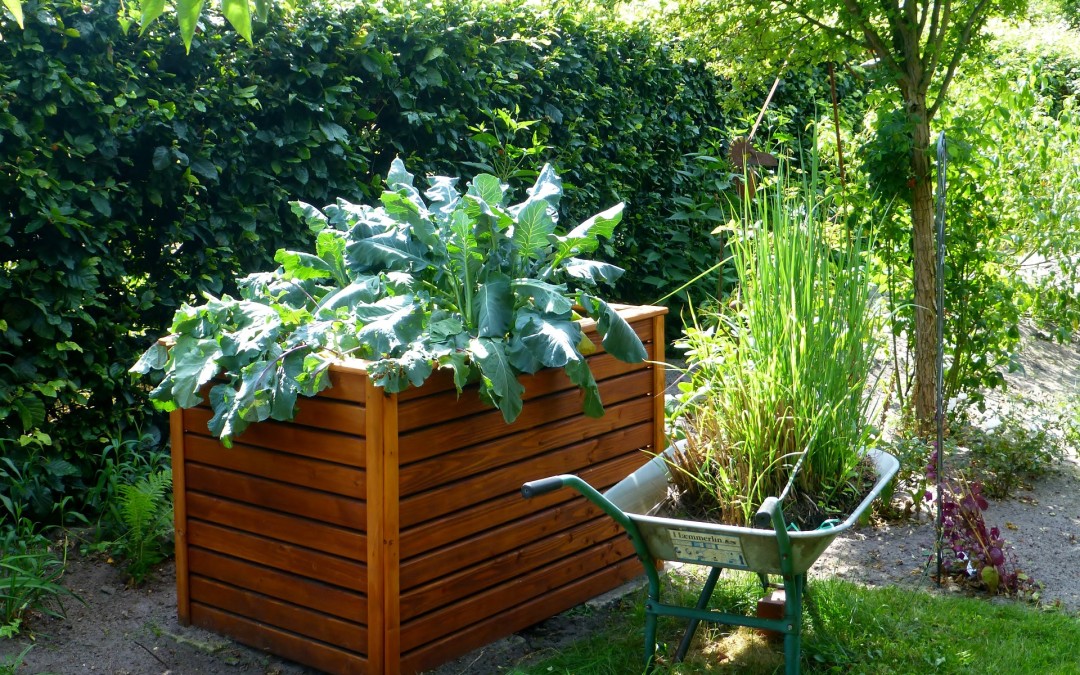No-Work Garden. What?
Yah Right.
So, my mom loaned me an older book yesterday called No-Work Garden Book by Ruth Stout.
The first sentence in Chapter one reads,
“When someone, not long ago, saw my garden for the first time and heard the method I’ve worked out, she exclaimed; Why, you can grow vegetables until you’re a hundred! From a wheelchair, if necessary.”
This was a book from 1971 and accessible gardening was already being mentioned.
I was duly impressed.
The no-work method of gardening is all about layers and layers of hay mulch. There is not much digging involved. The mulching keeps weeds and insects at bay and moisture in the soil. Read more about the no-work method.
In order to utilize this method from a wheelchair however, you would need raised beds.
Why raised garden beds are so good
I am tall and have a bad back, so raised beds are really comfortable to work at. They offer you:
- an edge to sit on (and a place for your coffee cup)
- less bending and stooping
- better yield as plants prefer the warmer soil
- control over the height, width and length based on your comfort zone of reaching and bending
You determine the dimensions
Standard raised beds are recommended to be 4’/1.22m wide by 6’-12’/1.83-3.66m long by 1ft/30cm high.
To be accessed from a wheelchair you will need them to be between 28-34in/71-86cm high.
You will want to pay particular attention to the width of the aisles in between the beds for maneuvering a wheelbarrow or wheelchair. A minimum width of 3’/91cm is good and remember that some plants may hang over the sides of the beds. So you may not actually have a 100% clear aisle space.
Laying wood horizontally along the top of the garden beds to create benches is a great addition or use wider building material such as bricks, large timber or logs
Happy gardening
So, if you haven’t already started to install some raised beds already, you can start planning this winter. If every year you replaced one of your lower beds with higher ones, in no time you would be enjoying a more comfortable, less back-aggravating gardening experience.
Watch how to build an accessible raised garden bed.

